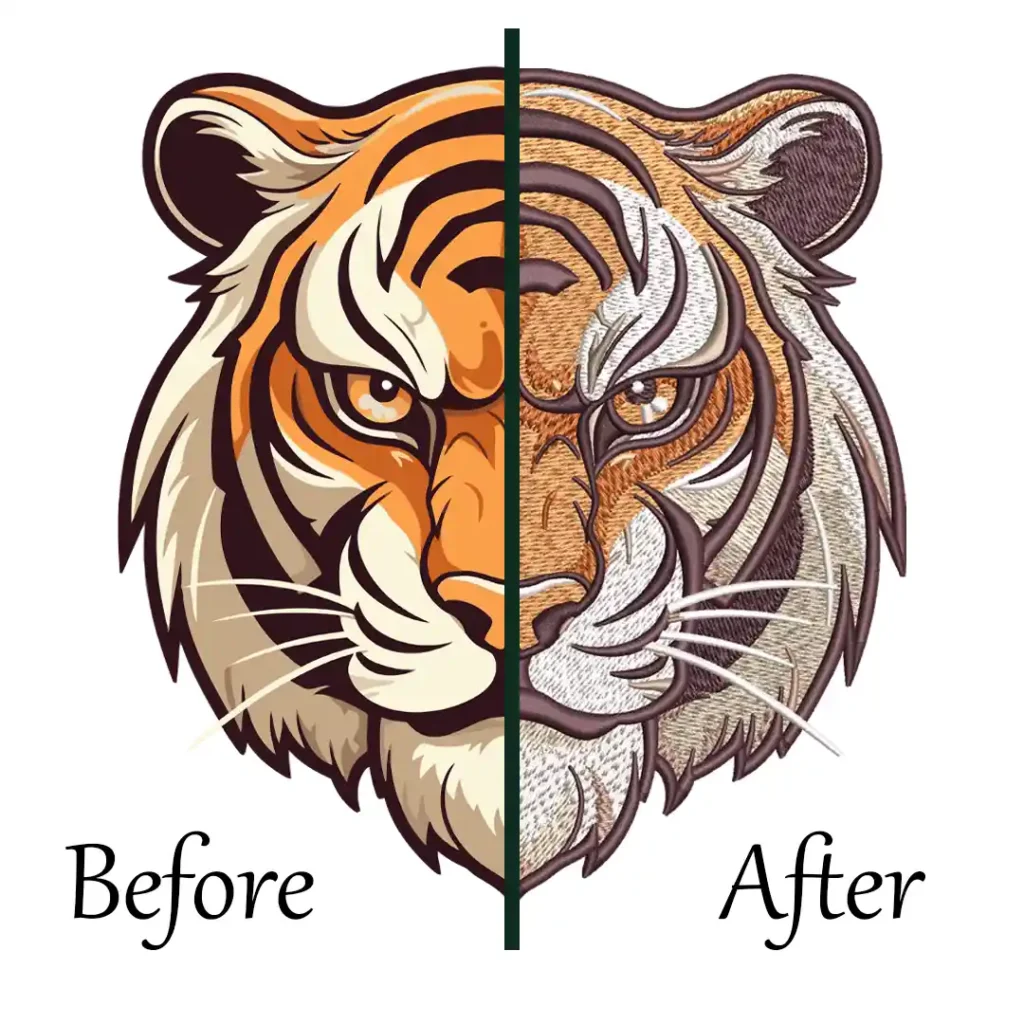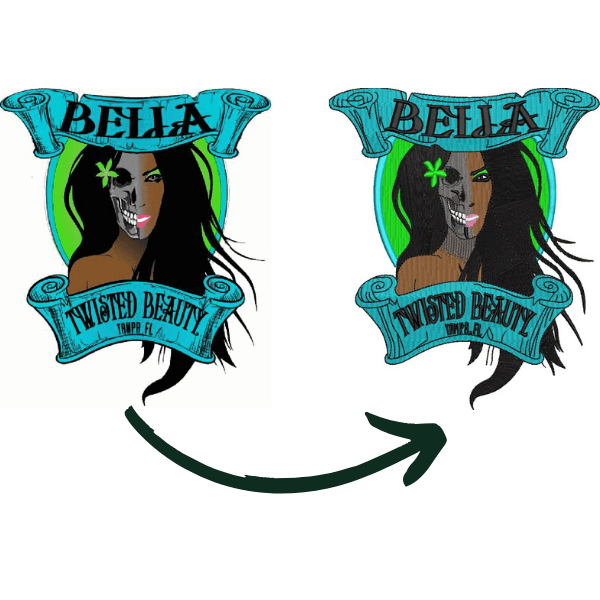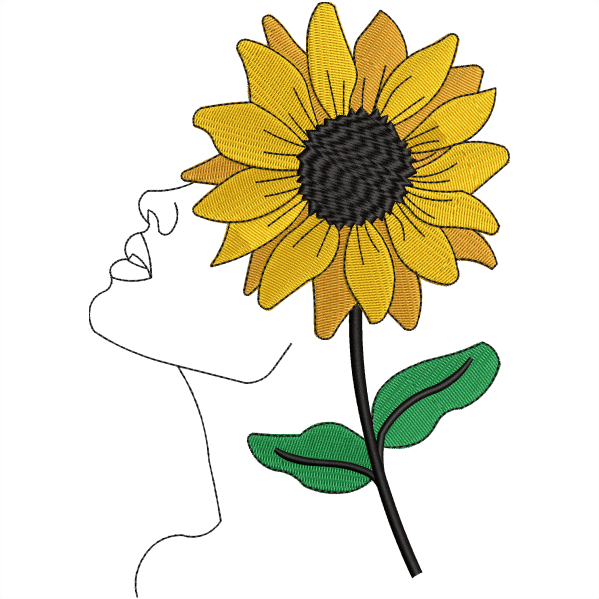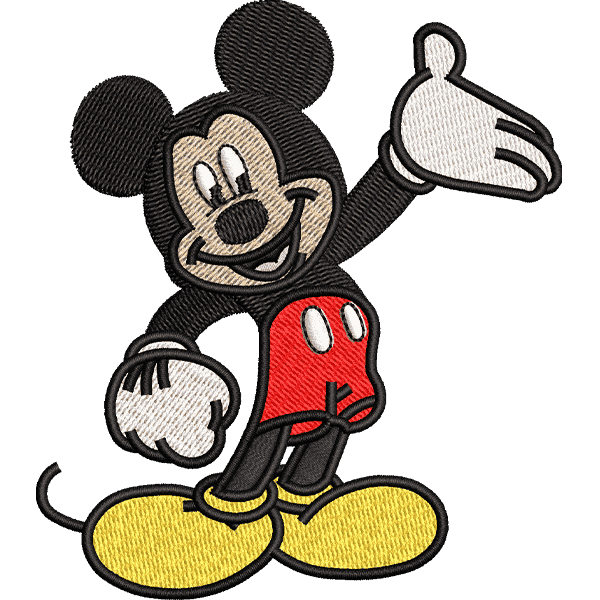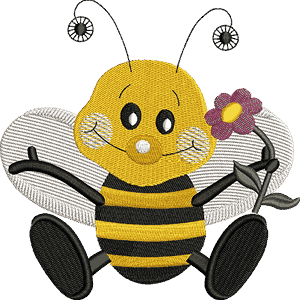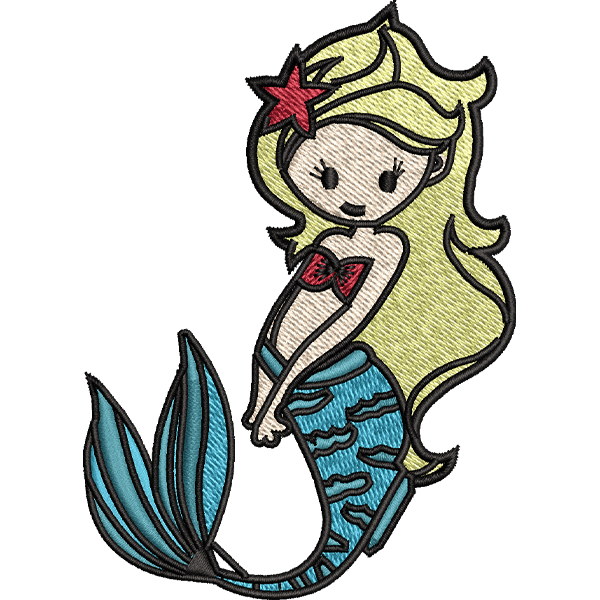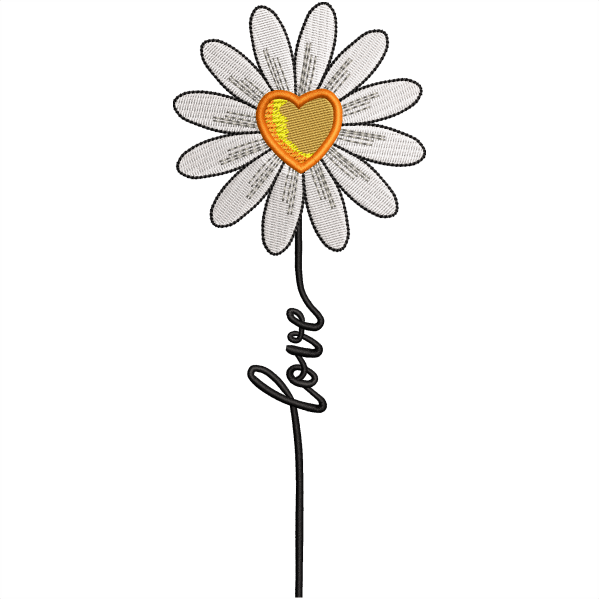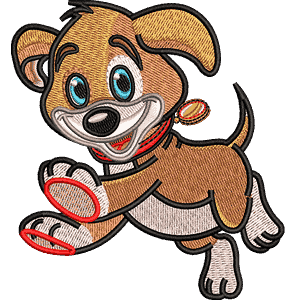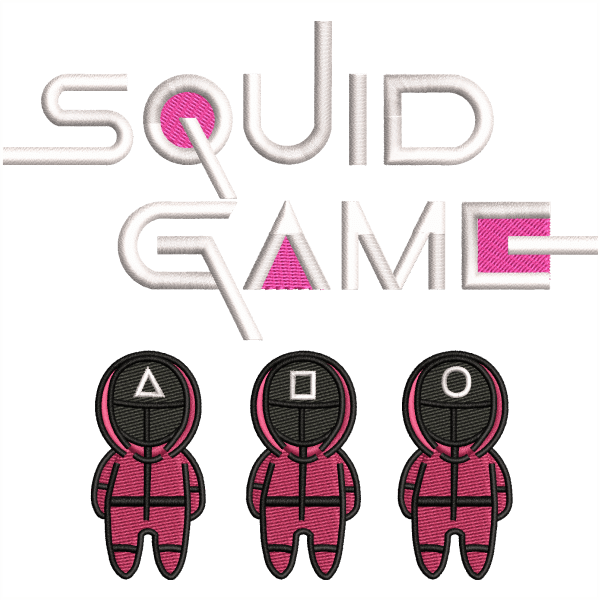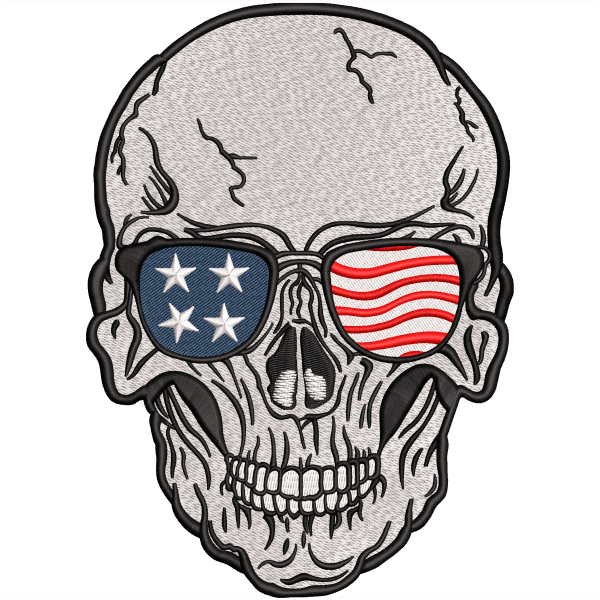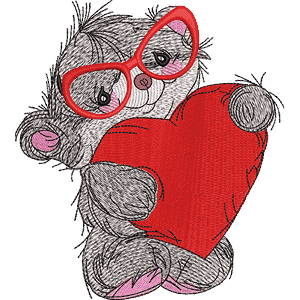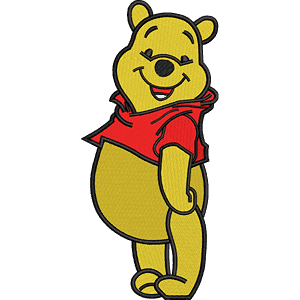In this article, we will explore the top 8 different types of screen printing processes that are prevalent in 2023. Screen printing, also known as silk screening, is a popular printing technique used in various industries, including art, textiles, advertising, and more.
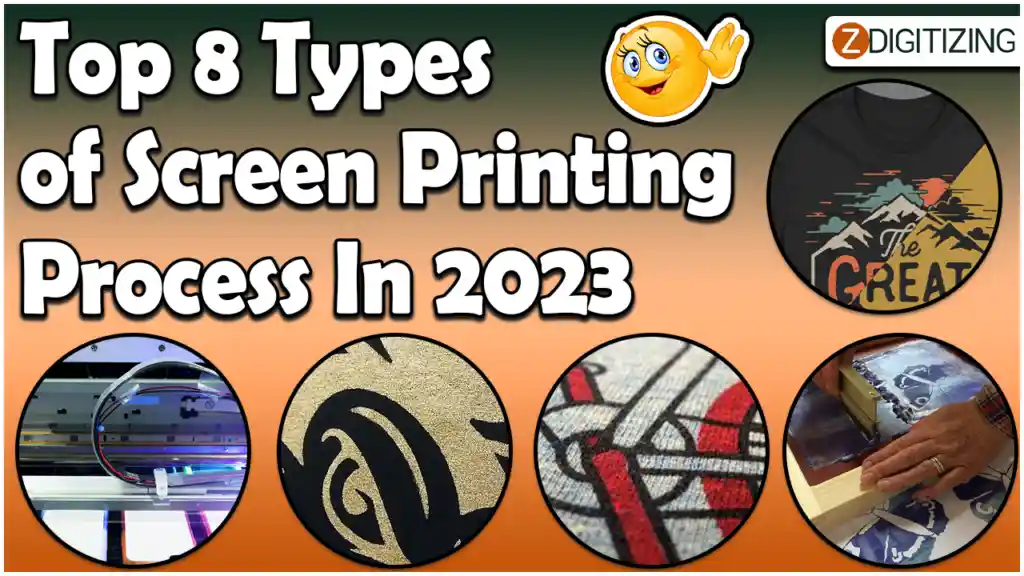
Top 8 Types of Screen Printing Process In 2023
What is a screenprint?
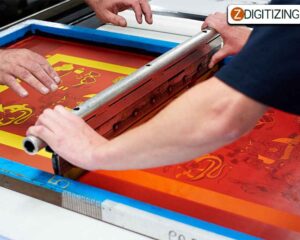
Screen print, also known as silk screening, is a popular printing technique that involves transferring ink onto a substrate using a mesh screen, ink, and a squeegee. It is a versatile and widely used method for creating vibrant and durable prints on various materials such as textiles, paper, plastics, and more. It involves using a mesh screen, ink, and a squeegee to transfer the desired design onto a substrate. Screen printing offers versatility and the ability to create vibrant and durable prints, making it a favored choice for many applications.
The process of screen printing begins with creating a stencil, also called a screen or a mesh. The screen is usually made of polyester or nylon mesh stretched tightly over a frame. The stencil is formed by blocking out areas that are not intended to be printed, leaving open areas that correspond to the desired design or image.
Embroidery Digitizing
&
Vector Art Services
Are you looking for embroidery digitizing and vector art services at low cost with superfast turnaround, guaranteed quality and preview before pay? So, you are at right place. We can digitize and vectorize any type of artwork in your required file format.
What is the process of screen printing?
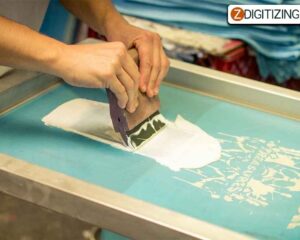
The process of screen printing involves several steps to create a print using a mesh screen, ink, and a squeegee. Here is a detailed explanation of the screen printing process:
Design preparation:
The first step in screen printing process is to prepare the design or image that will be printed. This can be done digitally using graphic design software or by creating a hand-drawn design. The design is typically created in layers, with each layer representing a different color or element of the final print.
Screen preparation:
A mesh screen is selected and prepared for the printing process. The screen is usually made of polyester or nylon and is tightly stretched over a frame.
The screen is coated with a layer of photosensitive emulsion or a stencil film, depending on the chosen screen printing method.
Stencil creation:
In the photosensitive emulsion method, a positive image of the design is printed onto a transparent film or a specialized emulsion-coated film.
The film is placed on top of the prepared screen and exposed to ultraviolet (UV) light, which hardens the emulsion in the exposed areas.
The unexposed areas of the emulsion remain soft and can be washed away using water, leaving behind the stencil on the screen. In the direct stencil method, a stencil film or paper with the design cut out is adhered to the prepared screen using a stencil adhesive. The exposed areas of the design are cut or peeled away, leaving the desired stencil on the screen.
Set-up and registration:
The screen is mounted onto a screen printing press, which holds it securely in place during the printing process. Registration marks are placed on the substrate and the screen to ensure accurate alignment of the design during each print.
Ink preparation:
The desired ink colors for the design are selected and prepared. Screen printing inks can be water-based, plastisol, or specialty inks such as metallic or fluorescent inks. The inks are mixed and adjusted to achieve the desired colors and consistency for printing.
Printing:
The substrate to be printed, such as fabric, paper, or plastic, is placed on the printing press. The screen with the prepared stencil is positioned over the substrate, aligning it with the registration marks. A specific amount of ink is poured onto the screen, near one end of the design. A squeegee, typically made of rubber or other flexible material, is used to pull or push the ink across the screen, exerting pressure to force the ink through the open areas of the stencil and onto the substrate.
The squeegee is moved in a smooth and consistent motion to ensure even distribution of the ink. This process is repeated for each color or layer of the design, with the screens and inks being changed accordingly.
Curing and drying:
Once the printing is complete, the printed substrate is moved to a drying or curing station. The curing process varies depending on the type of ink used. Water-based inks may be air-dried or heat-set, while plastisol inks require heat curing to bond with the substrate permanently. Heat curing is typically done using a conveyor dryer or heat press, where the printed substrate is exposed to the required temperature for a specific duration.
Finishing:
After the ink is cured and dried, the printed substrate may undergo additional finishing processes, such as washing or ironing for textiles, trimming excess material, or any other post-printing treatments as needed.
By following these steps, the screen printing process allows for the creation of high-quality, durable prints with vibrant colors and intricate details.
8 different types of screen printing in art process:
Let’s delve into the different types of art printing processes and their unique characteristics.
Traditional screen printing:

Traditional screen printing is the most common and widely used technique. It involves creating a stencil (or screen) by blocking out areas not meant to be printed using a photosensitive emulsion. The ink is then pressed through the screen onto the substrate, creating the desired image or design.
Water-based screen printing:
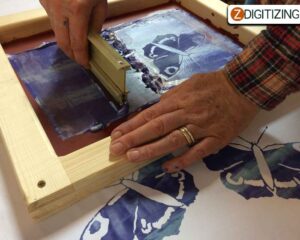
Water-based screen printing is one of the silk screen techniques that is an eco-friendly alternative to traditional screen printing. Instead of using solvent-based inks, water-based inks are employed. These inks are free from harmful chemicals and have a softer feel on the fabric. Water-based screen printing is commonly used for printing on textiles and garments.
Discharge screen printing:
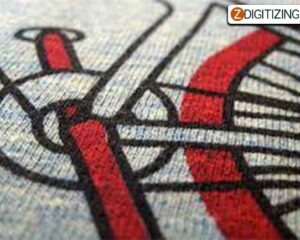
Discharge screen printing is printing techniques used to remove or discharge the dye from colored fabrics, leaving behind a bleached effect. It involves using a discharge agent that reacts with the dye, resulting in the removal of the color. Discharge screen printing is often used to achieve a vintage or distressed look on garments.
Plastisol screen printing:
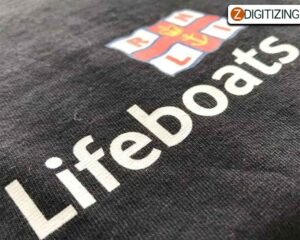
Plastisol screen printing is a widely used technique in the garment industry. It involves using a special type of ink called plastisol, which is composed of PVC particles suspended in a plasticizer. Plastisol inks are known for their vibrant colors, opacity, and durability. They require heat curing to achieve a permanent bond with the substrate.
Metallic screen printing:
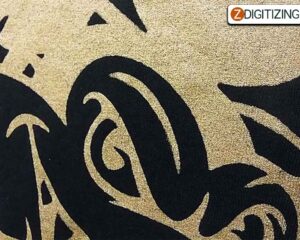
Metallic screen printing involves using metallic inks to create a reflective or shimmering effect in the printed design. Metallic inks contain tiny metallic particles that produce a metallic finish when applied to the substrate. This technique is commonly used for creating eye-catching designs on promotional items, apparel, and packaging.
UV screen printing:
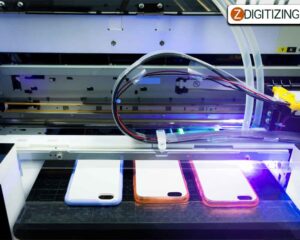
UV screen printing utilizes UV-curable inks that are dried or cured using ultraviolet light. This process enables faster drying times and improved adhesion compared to traditional drying methods. UV screen printing is known for its high print quality, resistance to fading, and ability to print on a wide range of substrates, including glass, plastic, and metal.
High-Density screen printing:
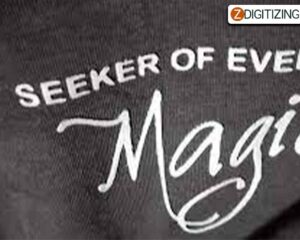
High-density screen printing involves applying thick layers of ink to create a raised, three-dimensional effect on the printed design. This technique is achieved by using specialty inks or adding additives to increase the ink’s viscosity. High-density screen printing is often used for creating textured prints on apparel and promotional items.
All-Over screen printing:
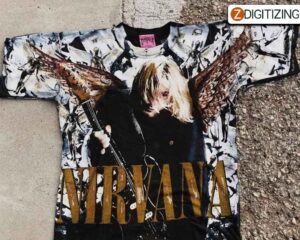
All-over screen printing, also known as jumbo printing, allows for printing across the entire surface of a garment or substrate. This technique requires specialized equipment, such as oversized screens and presses, to accommodate larger designs. All-over screen printing is commonly used for creating bold and impactful designs on T-shirts, hoodies, and other large-format items.
Winding up with offer:
Screen printing types of printing in art continues to be a versatile and popular printing methods in 2023. The various types of screen printing processes mentioned above offer unique characteristics and cater to different printing requirements. Whether you are printing on textiles, promotional items, or other substrates, understanding these screen printing ideas can help you choose the most suitable method for your specific application.
If you’re looking for vector art services, ZDigitizing is the right choice. ZDigitizing, a company with over 20 years of experience in the industry, offers top-notch vector art services alongside their embroidery design digitization services.
By choosing ZDigitizing for your vector art needs, you can expect professional results with attention to detail. Our team of experts understands the intricacies of vector art and can transform your designs into high-quality, scalable vector files that meet your specific requirements. Whether you need vector art for promotional materials, signage, or any other purpose, ZDigitizing will be your best choice!
If you’re interested click the link for a free quote and take advantage of our 50% off offer for potential customers.
Thank you for reading!
Frequently Asked Questions
Screen printing utilizes the stencil technique, where a stencil (or screen) is created to block out areas that are not intended to be printed. Ink is then pressed through the open areas of the stencil using a squeegee, transferring the design onto the substrate.
Screen printing is considered one of the most popular printing methods due to its versatility, ability to produce vibrant colors, and durability of the prints. It is widely used in various industries such as textiles, advertising, and promotional products.
Screen printing is known for its longevity and durability, making it one of the printing methods that can last the longest. The ink used in screen printing creates a strong bond with the substrate, resulting in prints that can withstand frequent use, washing, and exposure to external elements.
As of my knowledge cutoff in September 2021, one of the latest advancements in printing technology is direct-to-garment (DTG) printing. DTG printing involves using specialized inkjet printers to directly apply ink onto textiles, allowing for detailed and full-color prints with a soft feel. However, it’s important to note that there may have been further developments in printing technology since then.
DTF (Direct-to-Film) printing is a relatively new technology that combines elements of DTG and screen printing. While DTF has gained popularity due to its ability to print on a wide range of materials, including dark fabrics, it’s challenging to make a direct cost comparison to screen printing as prices can vary based on factors such as order quantity, design complexity, and substrate type.

